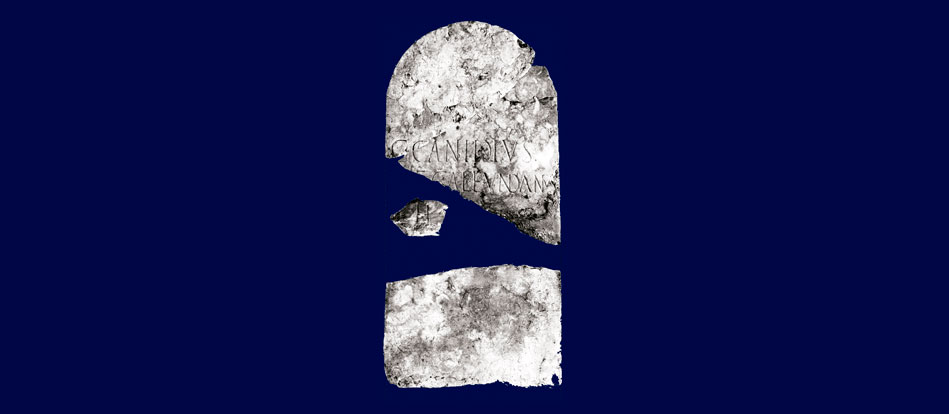The Votives Project is a network of people from different backgrounds who study, create or use votive offerings or other related ways of communicating with the divine. It aims to facilitate dialogue between academic disciplines, and between academics and religious ‘practitioners’, and in doing so to develop rich cross-cultural and multi-period understandings of votive material and contexts.
If you would like to join the Project and/or contribute an article to our blog, please don’t hesitate to contact us by filling in the form below, or by writing to us at the addresses on our Open University webpages (links via our names below). You can also share your photos and ideas on our new Facebook page.
Emma-Jayne Graham and Jessica Hughes, The Votives Project Network Co-ordinators.
The present tablet, copied by [Iqīšāya son of Ištar-šumu-ēreš], of the Ekurzakir family, is according to its rubric a ṣâtu-commentary on a tablet whose incipit is šumma amēlu ana sinništīšu libbašu inaššīšū-ma, “If a man has desire f
























 Stumble It!
Stumble It!
